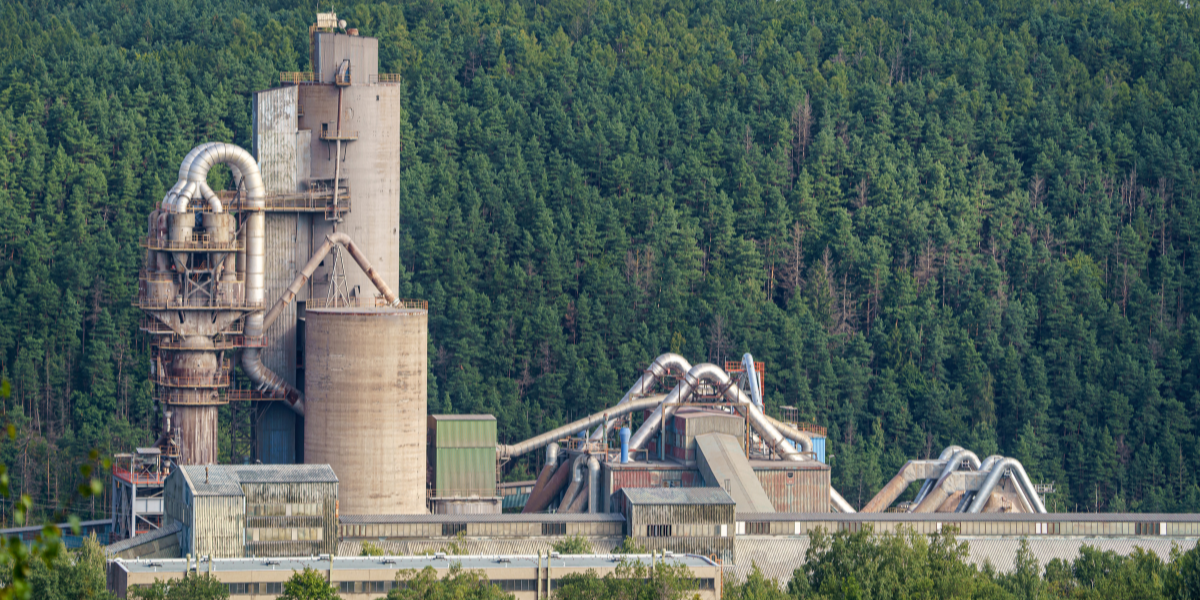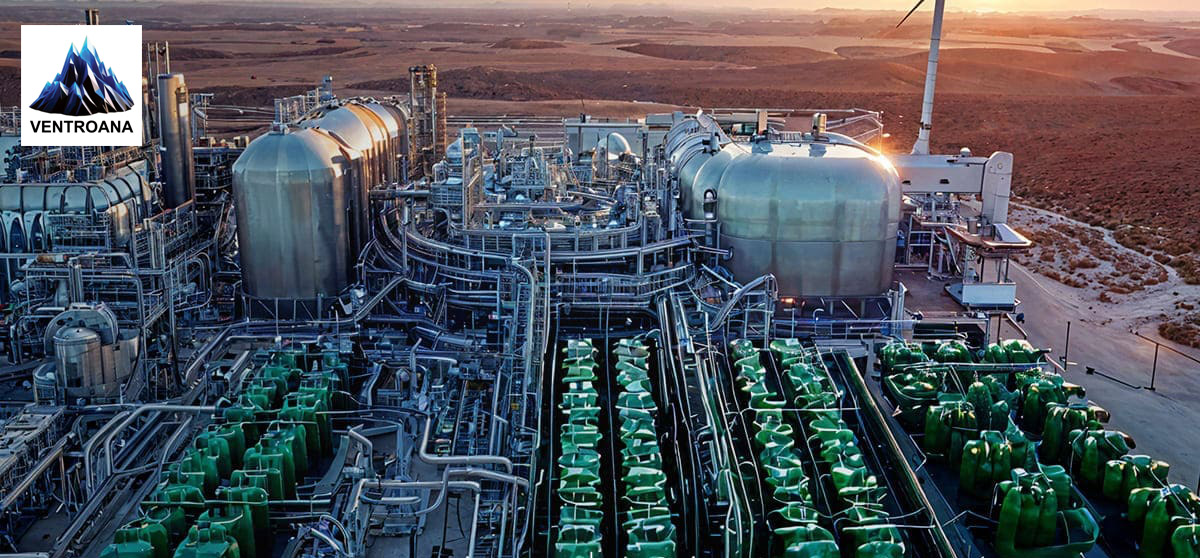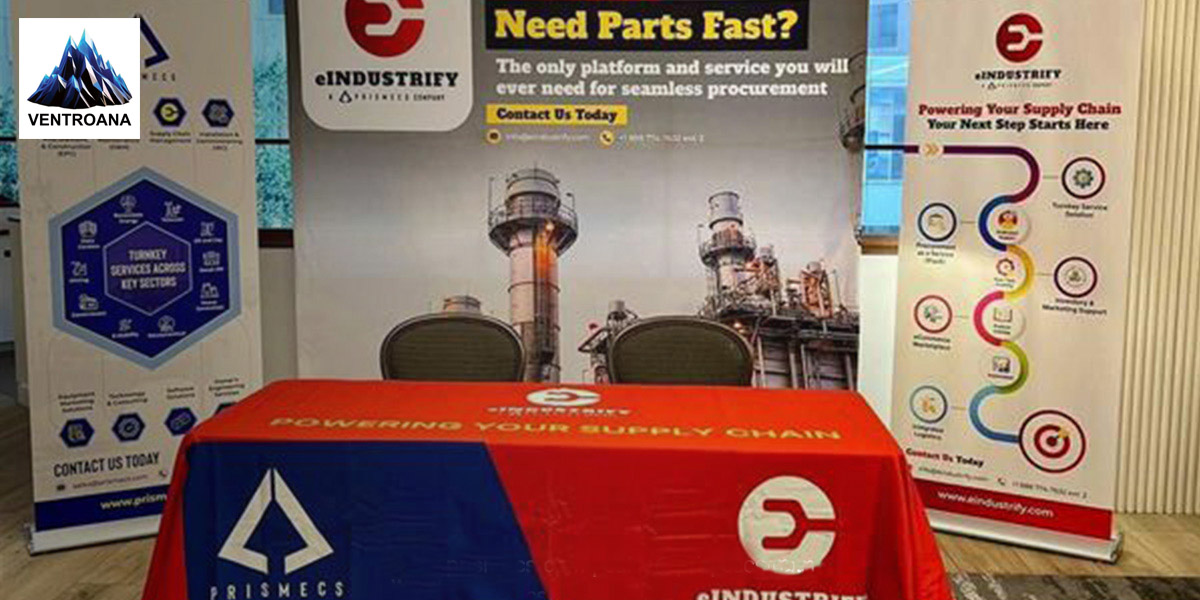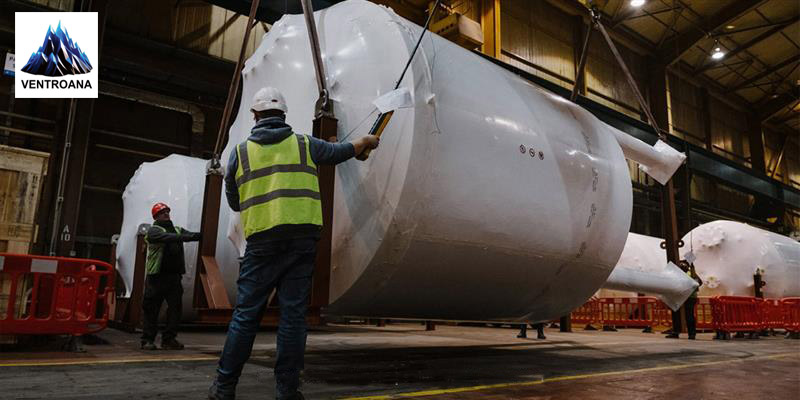Procurement
February 11, 2024

Cement manufacturing starts from the cement mining process, where raw materials such as limestone, silica, aluminates, ferric minerals, and other materials are obtained. A few everyday materials are great for calcium carbonate in cement manufacturing.
Manufacture mine and process different kinds of raw materials & put them via a chemical reaction procedure to make cement.
They required an understanding of the chemical composition of all the raw materials so that the reaction in their procedure takes place accurately. As a result, they make good, perfect-quality cement that will gradually be utilized to manufacture concrete by contractors & "ready-mix" industries.
A cement manufacturing facility is an extension of a cement mining process, as cement plants are usually central to the minerals needed to make the cement. This reduces transportation expenses and overcomes the cost of the cement.
Cement manufacturing is a complex procedure. It starts with the mining process and then grinds different kinds of raw materials.
From the limestone quarry and cement mining process to the delivery of the product, you must follow each cement manufacturing step.
The raw materials for cement manufacturing are limestone (calcium), sand & clay (silicon, aluminum, iron), shale, fly ash, mill scale & bauxite. The ore rocks are quarried and crushed into little parts of about 6".
Secondary crushers or hammer mills then mitigate them to an even more mini size of 3". After that, the material will be ready for pyro processing.
The crushed raw material is now prepared for the cement-making procedure in the kiln by mixing them with additives & grinding them to provide a fine homogenous combination. The consistency of cement is proportioned here; it depends upon the required properties of the cement.
Usually, limestone is 80 percent, and the remaining 20 percent is clay. The raw mix is dried in the cement mining process or cement plant, and heavy wheel rollers and moving tables mix the raw material. And then, the rotating roller crushes the material into a fine powder to be stored in silos & fed to the kiln.
A pre-heating chamber has a variety of a series of cyclones. It employs the hot gasses generated from the kiln to overcome energy consumption and make the cement mining process or the procedure more environment-friendly.
The kiln phase is the primary stage of the cement manufacturing procedure. Clinker is generated from the raw mix via a series of chemical reactions between calcium & silicon dioxide compounds. Though the whole procedure is complex, we have written the events of the clinker manufacturing in the following flow:
The above events are further divided into four main stages based on the change in temperature inner side of the kiln:
The kiln has an angle of 3 degrees in a horizontal shape. It permits the material to pass for 20 - 30 minutes. When the raw material reaches the bottom side of the kiln, the clinker generates and comes out of the kiln in marble-sized nodules.
After the previous step, the clinker is fastly cooled down from 2000°C to 100°C-200°C by passing air over it. At this point, various additives are mixed with the clinker to grind to generate the cement's final product.
It also avoids agglomeration & coating of the fine powder at the ground of balls & mill wall. A few organic substances, like Triethanolamine (used at 0.1 wt.%), are included as grinding aids to prevent powder agglomeration. Other additives sometimes utilized are ethylene glycol, oleic acid & dodecyl-benzene sulphurated.
The heat generated by the clinker moves back to the kiln to protect energy. The final grinding process is the last stage of the cement mining process and making procedure. In the cement plant, there are circulating drums adjusted with steel balls. Clinker, after being cooled, is moving to these circulating drums & ground into such a powder that each pound has 150 billion grains. This powder is known as the final item of this process cement.
Cement is transferred from grinding mills to silos (big storage tanks), which pack 20 to 40 kg bags. Most of the items are shipped in bulk via trucks, trains & ships, and only a tiny amount packs for clients who require small quantities.
Ventro Analytics will ensure the tools and engineering solutions you require to maximize extraction. We'll help you efficiently perform the cement mining process. On this platform, cement crushing is a demanding procedure that our experts can do in any environment. Ventro Analytics' crushing tools and solutions are reliable for the most demanding tests, assisting teams in achieving consistent sizing & peak productivity in the relevant industry.
We will assist you from the very first step of the cement mining process to the end step in an efficient way. We are available for you at any time and would love to assist you in all ways. For more information and in-depth assistance.
We also encourage queries at sales@ventroana.com
Tags: Final Grading Construction Cement Quarry Quarry Cement Cement Mining Cement Industry Manufacturing Process Cement Making Process Cement Industry Production Process Cement Manufacture Process Of Cement Plant Cement Process Manufacturing Cement Manufacturing Process Cement Process How Cement Is Prepared Cement Industry Process Cement Production Process Cement Factory Process How To Making Cement How Do We Make Cement Cement Raw Materials Production Of Cement What Is The Raw Material For Cement Material For Cement Manufacturing Of Cement Cement Comes From Cement How It Is Made Cement Manufacturing Minerals In Cement How We Make Cement How Clinker Is Made What Is Cement Made Out Of Product Of Cement How To Make The Cement Cement Production Making Cement Raw Milling By Product Of Cement Cement How Is It Made What's In Cement Cement Is Created From Processed How Is Made Cement What Is Cement Made Cement Stage Series Cement Stage How Is Cement Formed How Cement Is Formed Materials In Cement Cement By Products Factory Of Cement Cement Materials Cement Quarry By Products Of Cement What Is In Cement Concrete Production Whats Cement Made Of Components Of Cement How Make Cement Cement Industry Cement Minerals What Are The Ingredients For Cement

Successful Implementation of Green Hydrogen in Power Plants
Discover how green hydrogen revolutionizes power plants with sustainable energy solutions, reducing ...

Driving Innovation and Resilience: Insights from the 10th Annual Energy Supply C...
Gain insights on driving innovation and resilience at the 10th Energy Supply Chain & Procurement Sum...

Understanding EPC Engineering: Key Concepts Explained
Discover the essentials of EPC Engineering, covering contracts, project phases, and roles of EPC con...